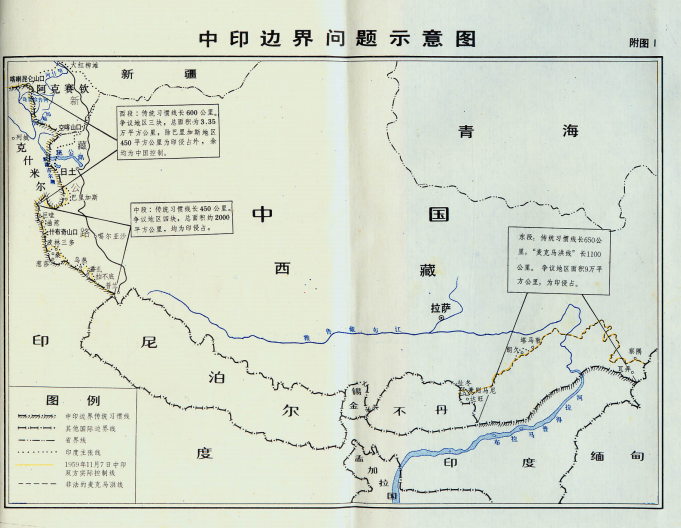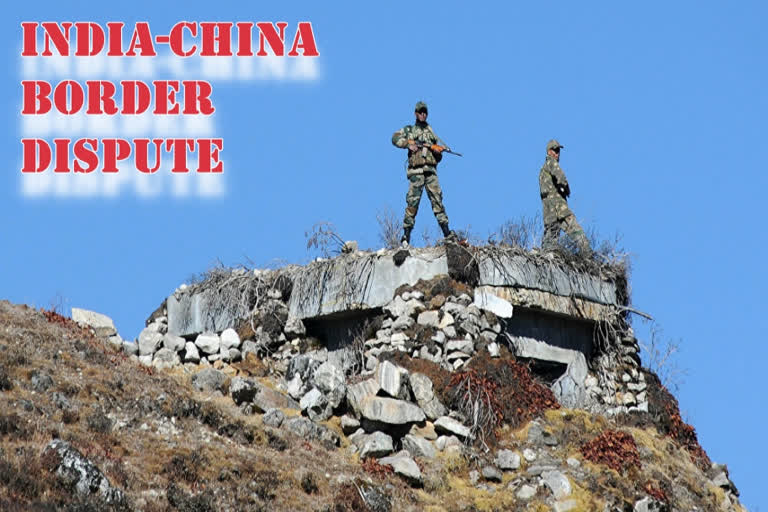New Delhi: With Prime Minister Narendra Modi striking a forceful position on the ongoing border tension as was evident in his Leh address on Friday, China’s next step may be to open more military fronts with India which may well be along the 1,126-km-long border with India’s Arunachal Pradesh where it occupies vantage positions of altitude, better infrastructure and logistics.
Rather, it is not a question of ‘whether’ but ‘when’.
Despite Pakistan army’s Inter-Services Public Relations (ISPR) denying that it has moved forces along the Line of Control (LoC) and in Gilgit-Baltistan regions of Pakistan-occupied Kashmir (PoK), there are credible reports of that happening.
Along with the raging insurgency in Kashmir, India is facing the spectre of conflict not just on two fronts but on two-and-a-half ‘hot’ fronts. Added to that is a worrisome border row with Nepal.
In such a situation, opening another front in Arunachal Pradesh would stretch Indian forces and military assets far and wide while thinning out in the rear.

ALSO READ: Ladakhis raising voice against Chinese intrusion; ignoring warning will cost India: Rahul
About 13 of the 25 districts in the state have international borders with Bhutan, China and Myanmar.
China is using the twin justification of ‘lack of clarity’ and ‘differing perceptions’ of the Line of Actual Control (LAC) across eastern Ladakh with India to embark on an unprecedented military and diplomatic offensive against India.
Using that as a ruse, PLA has mobilized about 30,000 immediately-deployable soldiers, amassed artillery and deployed air force assets near its frontiers across Ladakh.
India has matched move for move in a ‘mirror deployment’ even as futile talks to ‘disengage and de-escalate’ continue between the militaries side by side. It has prompted questions about whether China is really sincere to pull back and resolve issues.
That China covets Arunachal Pradesh is no secret. The Indian state is referred to as ‘Southern Tibet’ in China and till date, China does not recognize that the biggest state in the Northeast region belongs to India.
Like the LAC across Ladakh, it is the McMahon Line (ML) that demarcates the border between Tibet and Northeast India. The ML was drawn in 1914 by Arthur Henry McMahon, former foreign secretary of British India (1911-14) and agreed to by British India and Tibet.
But China has refused to acknowledge the ML and lays claim to 65,000 sq km of territory in Arunachal Pradesh.
Therefore, the ML, accepted by India as the de facto border between India and China boundary, has no legal sanctity in China’s eyes.
Chinese PM Chou En Lai had written a letter to Indian PM Jawaharlal Nehru on January 23, 1959, pointing out that ML was “a product of the British policy of aggression against the Tibetan Region of China” and that there was no treaty to formally delineate the India-China border as Tibet was not a sovereign country.
Unlike the LAC which is largely part of a cold mountain desert, the ML comprises rocky barren land, insurmountable mountains, and thick jungles.
Deploying troops in big numbers in Arunachal will have a huge financial cost, which, will be a double whammy taken the state of the COVID 19-hit economy into account.
ALSO READ: China under Xi stepped up 'aggressive' foreign policy towards India: Report
Also, being deployed for long periods of time, always in a state of high alert, takes a toll on military capability leading to war weariness.
While infrastructure in Arunachal Pradesh has improved, it pales out in comparison with what China has just across the LAC. For example, just 15 km away from the remote Indian post of Tuting, lies Nyingchi, a military base with ultra-modern facilities.
In 2014, as soon as the Narendra Modi-led government assumed power in New Delhi, the then Arunachal Pradesh Governor Lt Gen (Rtd) Nirbhay Sharma wrote a report to the PMO where he presented photographic evidence comparing both sides of the LAC.
General Sharma pointed out that for most of the rugged and difficult terrain along the Indo-China border in Arunachal, China has built roads that almost touch the ML while most of the Indian road-heads peter off at least about 50-70 km from the ML. While the situation has improved since then, a lot still remains to be done.
India would, therefore, do well to prepare a battle-plan to pre-empt the Chinese move and possibly rush in additional deployments and military assets besides maintaining adequate rear reserves. The eastern Ladakh faceoff may just be the trailer of the events that may seemingly follow.



